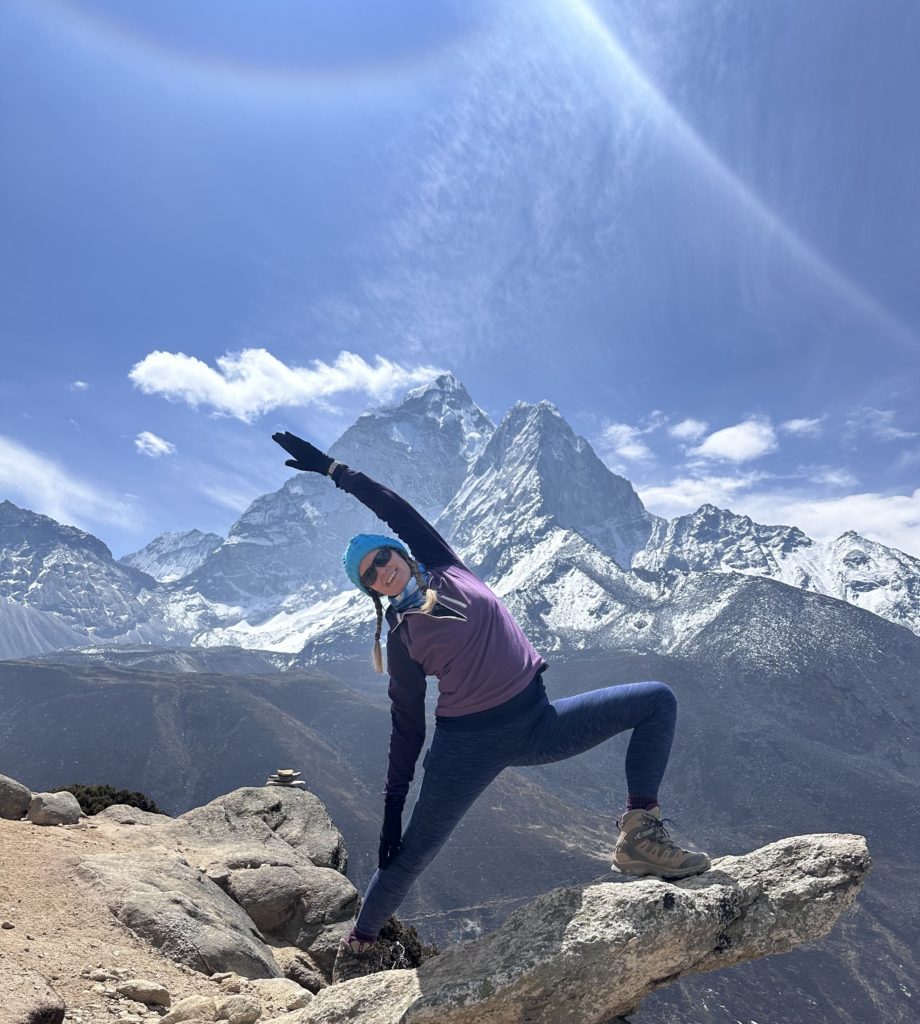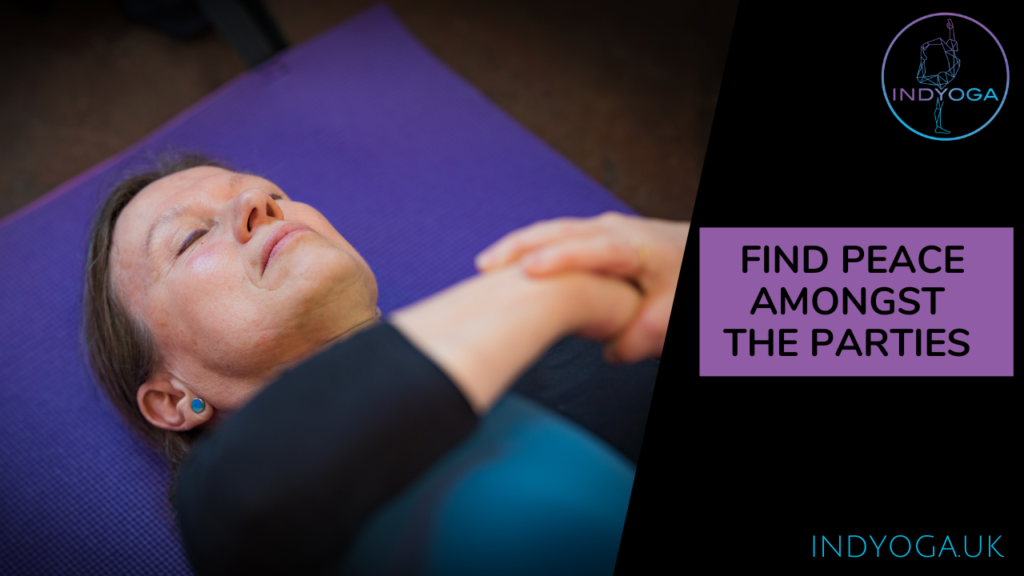
Is there something you have always wanted to do and never quite got round to it?
Maybe a 5k walk or run, even a marathon or triathlon, climb a hill or a mountain. Maybe something you never had the opportunity as a child, or take part in sports that were not available in your school or area. Whatever you have a dream or goal about doing it is always achievable in some shape or form, and maybe it isn’t even a sporty or active goal, but maybe knitting your own scarf or blanket or going on a holiday or a retreat for yourself.
As we age our dreams and goals may fade, and we begin to believe they are less achievable. Self-limiting thoughts throw up any excuse to get out of doing something; “I am too old”, “I am not fit enough”, “I can’t afford it”, or even worse, “I will never achieve it”. Have you heard yourself saying these excuses? The mind is powerful and persuasive and can really sway and convince our decisions and choices if allowed to. However, if you feel you want to do something then what is stopping you from doing it? You are the only one standing in your way! (Don’t forget to practice Mountain Pose for inspiration).
I have achieved my goal of walking to Everest Base Camp, once on the Nepalese side which involves a 14-day trek on treacherous hilltop trails as there are no roads, and once on the Tibetan side by car as China constructed an extremely winding road which takes about 5hrs. The trek is no mean feat and takes endurance, stamina and training. However, this was 15yrs ago and as I prepare to return, I am very aware of those excuses, I am older, I am less fit and I know that I have not put enough training in. BUT my mental attitude is ready as there is nothing more amazing than being in the Himalayas and I will enjoy the process and the journey, which may be uncomfortable and challenging at times, and not just the finish line or my end goal, which there is always a possibility of not making. Acute mountain sickness from high altitude is a big risk and I cannot mess with it. That is a reality (not an excuse) I will face.
Setting aside huge risk of injury or death… 😮 what goals ARE achievable for you this month? Set them high and work towards reaching them. It is crucial to set goals at a challenging, yet obtainable level. Setting goals too low will not provide the motivation to actually do them. Setting them too high is setting yourself up for failure. Once you set some goals, it is important to stay committed to those goals until you’ve reached them. It is so easy to talk ourselves out of something.
TEN TIPS TO REACH YOUR GOALS
- Have SMART goals – Specific, measurable, attainable, relevant, time-bound
- Don’t just daydream about your goals — put pen to paper and write them down
- Make your goal visible each and every day
- Break it down in to achievable chunks
- Develop a plan to move forward
- Take action
- Keep perspective and be real with yourself
- Identify potential obstacles and overcome them
- Be accountable to your goal and to yourself
- Reflect and adjust at steps along the way
Message me and tell me what your goal is, I would love to help you reach it.


